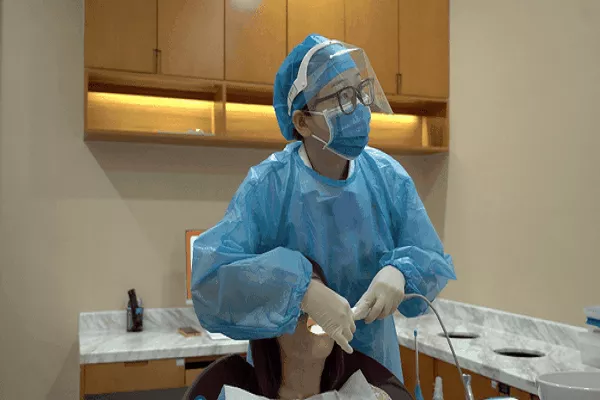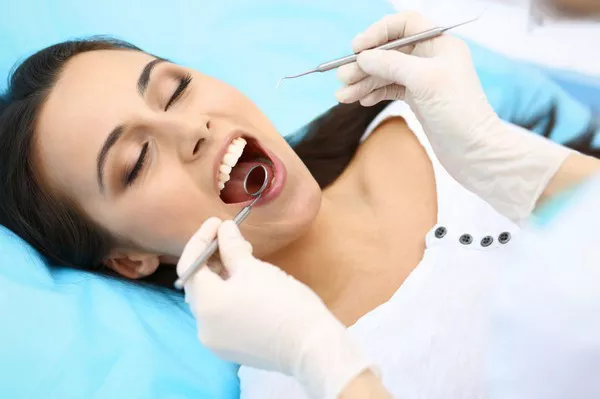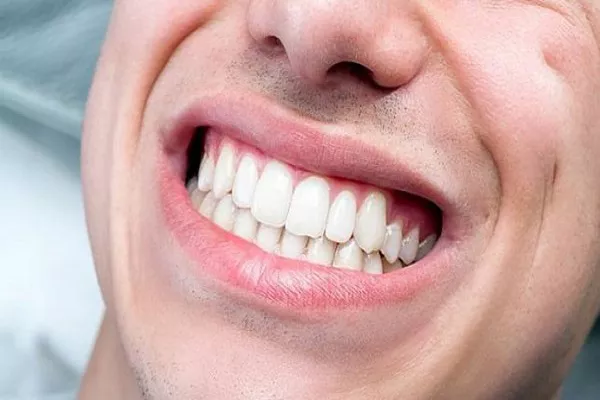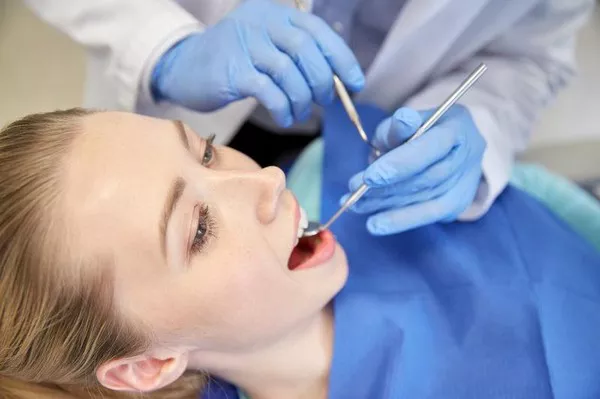After getting a cavity filled, many people wonder if they can use a straw to drink. Some worry that the suction from the straw could dislodge the filling or cause damage to the tooth. In this article, we’ll explore the risks and benefits of using a straw after a cavity filling, so you can make an informed decision.
What is a Cavity Filling?
A cavity is a small hole or decay in the tooth caused by bacteria and acid. If left untreated, a cavity can grow and eventually lead to tooth loss. A dental filling is a restorative material used to repair the tooth and prevent further decay.
Once the filling is placed, it’s important to take good care of your teeth to ensure its longevity. This includes proper oral hygiene habits like brushing twice a day, flossing daily, and visiting the dentist regularly for cleanings and checkups. But what about using a straw? Can it help or harm your newly filled tooth? Let’s find out.
Risks of Using a Straw After a Cavity Filling
1.Dislodging the Filling:
One of the most common concerns about using a straw after a cavity filling is that it can dislodge the filling. This is especially true if the filling is new and not fully set. The suction from the straw can pull on the filling and cause it to come loose or even fall out.
- If you must use a straw, wait at least 24 hours after getting a filling before doing so. This will give the filling enough time to set properly and reduce the risk of dislodgement.
- Use a soft or flexible straw to reduce the amount of suction and pressure on your teeth.
- Avoid using a straw excessively or for prolonged periods.
2.Sensitivity and Discomfort:
After getting a cavity filled, it’s common to experience some sensitivity and discomfort, especially when eating or drinking hot or cold foods. Using a straw can exacerbate these symptoms, making it uncomfortable or even painful to drink.
- If you experience sensitivity or discomfort while using a straw, stop immediately and try drinking without a straw.
- Consider using a desensitizing toothpaste or gel to reduce sensitivity.
- Talk to your dentist if the sensitivity or discomfort persists, as it may be a sign of an issue with the filling.
Benefits of Using a Straw After a Cavity Filling
1.Reduced Staining:
Drinking through a straw can help reduce the risk of staining your teeth, especially if you consume dark-colored or acidic beverages like coffee, tea, or soda.
- Use a straw to drink these beverages and minimize contact with your teeth.
- Choose a soft or flexible straw to reduce the amount of pressure on your teeth.
- Drink water after consuming these beverages to help rinse away any remaining residue.
2.Hydration:
Using a straw can make it easier to drink water throughout the day, which is important for maintaining proper hydration and overall health.
- Use a reusable straw to reduce waste and save money.
- Keep a water bottle with a straw on hand to make it easier to drink water throughout the day.
- Rinse your mouth with water after drinking anything other than water to help minimize the risk of decay.
3.Convenience:
Using a straw can be more convenient and practical, especially when you’re on the go or in a busy environment.
- Use a straw when driving to avoid spills and distractions.
- Use a straw when at a party or gathering to avoid sharing drinks and minimize contact with others.
- Keep a straw in your bag or purse for easy access when needed.
In summary, using a straw after a cavity filling can be safe and even beneficial in some cases, but it’s important to use caution and be aware of the potential risks. By following these tips and being mindful of your oral health, you can help ensure the longevity of your filling and maintain a healthy smile for years to come.
Related Topics:



























